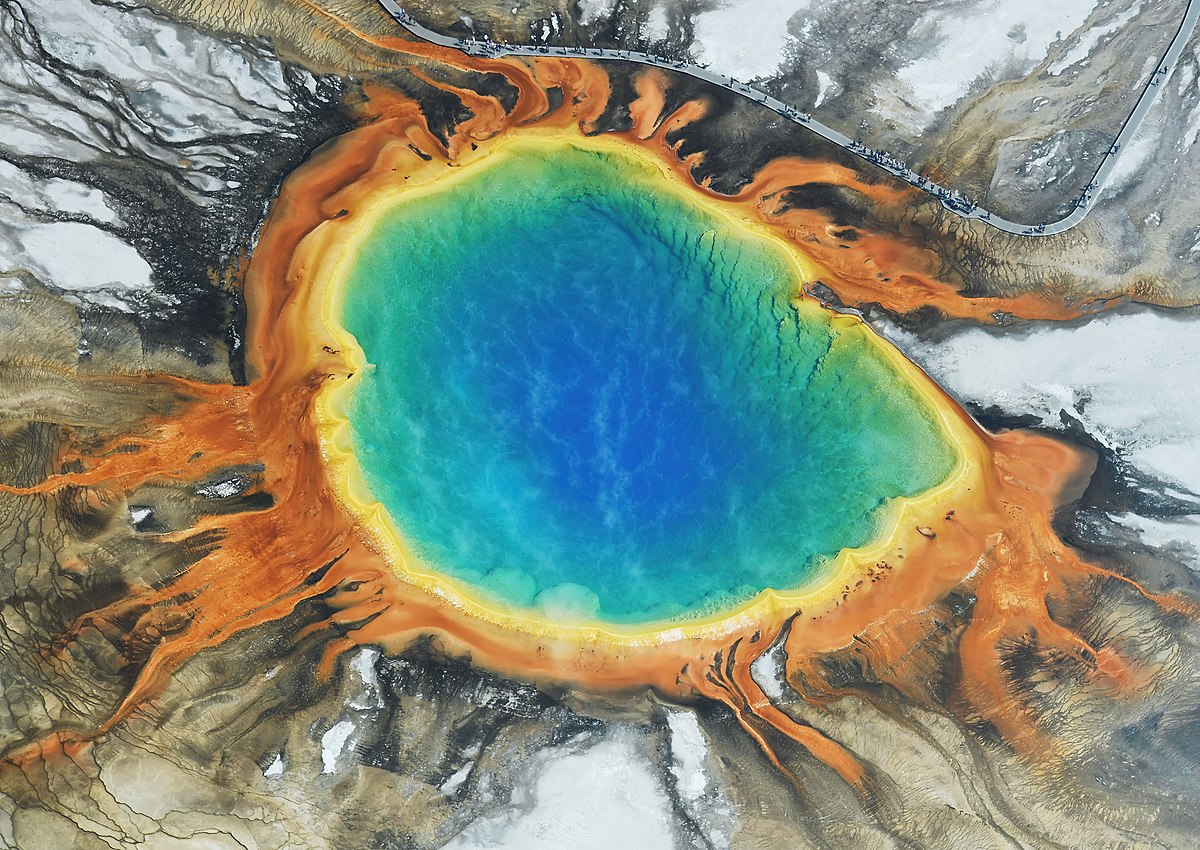and in ways that “can lead to increases in growth and virulence”.
very interesting article as well
Article itself is kind of short on details; the original paper is quite a bit more interesting:
Spaceflight was observed to increase the number of viable cells, biofilm biomass, and thickness relative to normal gravity controls. Moreover, the biofilms formed during spaceflight exhibited a column-and-canopy structure that has not been observed on Earth. The increase in the amount of biofilms and the formation of the novel architecture during spaceflight were observed to be independent of carbon source and phosphate concentrations in the media. However, flagella-driven motility was shown to be essential for the formation of this biofilm architecture during spaceflight.
There is both a fairly exotic theory, and a new book by the author of “The Martian,” related to this.
I don’t think you need crazy theories to suspect that there’s an essential quality to the totality of life that is highly adaptable, especially at the cellular and microbial level. Like there’s something going deeper than DNA, mutations and all of that. Some generalisable self organising ability that’s been cracked by the assembly of proteins/fats etc of cells. We shouldn’t underestimate it. Hell, we are literally one such adaptation.
Otherwise, yea, earth life has prior experience in space and it’s been busted!
Either adaptability/organizational ability, or some form of chaos. Under the specific environmental conditions of earth, one set of outcomes are favored, but under other conditions different outcomes are favored.
And the interplay of these outcomes and mutations can result in novel adaptations. Or something like that ¯\(ツ)/¯
Here is an alternative Piped link(s):
Piped is a privacy-respecting open-source alternative frontend to YouTube.
I’m open-source; check me out at GitHub.
Well yeah, it wasn’t observed on earth, it was observed in space.






